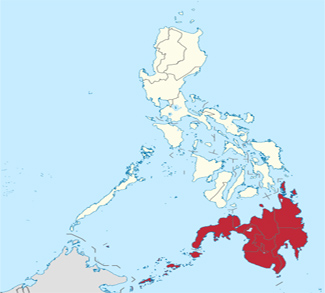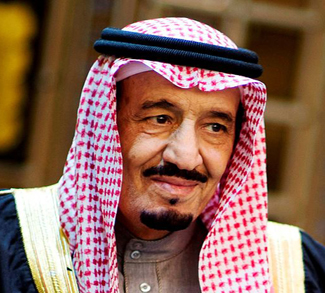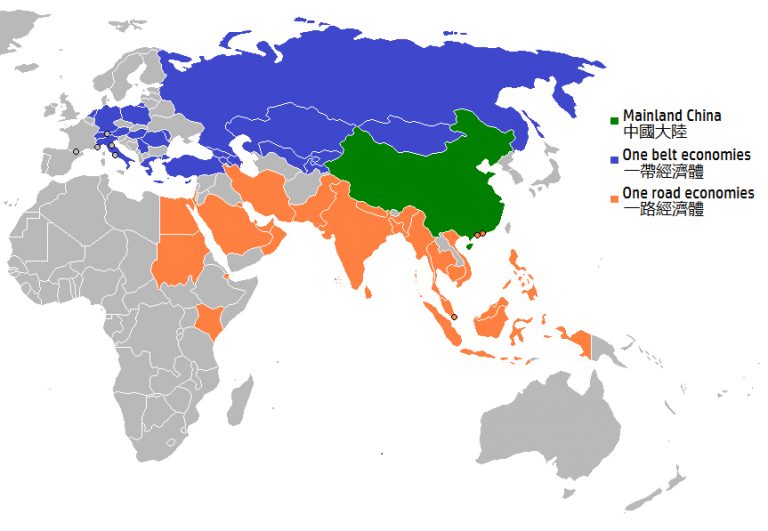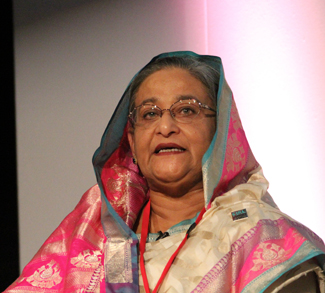Background
Abu Sayyaf followed through on its threat to execute one of its three foreigner prisoners earlier this week, with Canadian authorities confirming that a head recovered in Jolo is that of Canadian former mining executive John Ridsel. Ridsel was abducted last September along with a friend while the two of them were on vacation.
The Philippines has been grappling with a violent insurgency centered on the Muslim-majority southern island of Mindanao for decades. And though the government has signed peace agreements with major insurgent groups such as the Moro Liberation Front (MILF) and the Moro National Liberation Front (MNLF), several splinter groups, such as Abu Sayyaf, have rejected the peace process and are still conducting terror attacks.
Abu Sayyaf has been a more extreme and violent strand of the insurgency from the start. Splitting off from the more moderate MNLF (which was willing to negotiate for greater autonomy within the Filipino state) in the 1990s, Abu Sayyaf – or “bearer of the sword” – has used bombings and kidnap-for-ransom to push for an independent Muslim state based on Sharia law. The terrorist group suffered heavy losses in the post-9/11 era as joint US-Filipino forces pushed it from its southern strongholds and into the undeveloped, jungle hinterlands of Jolo (where it is currently based).




